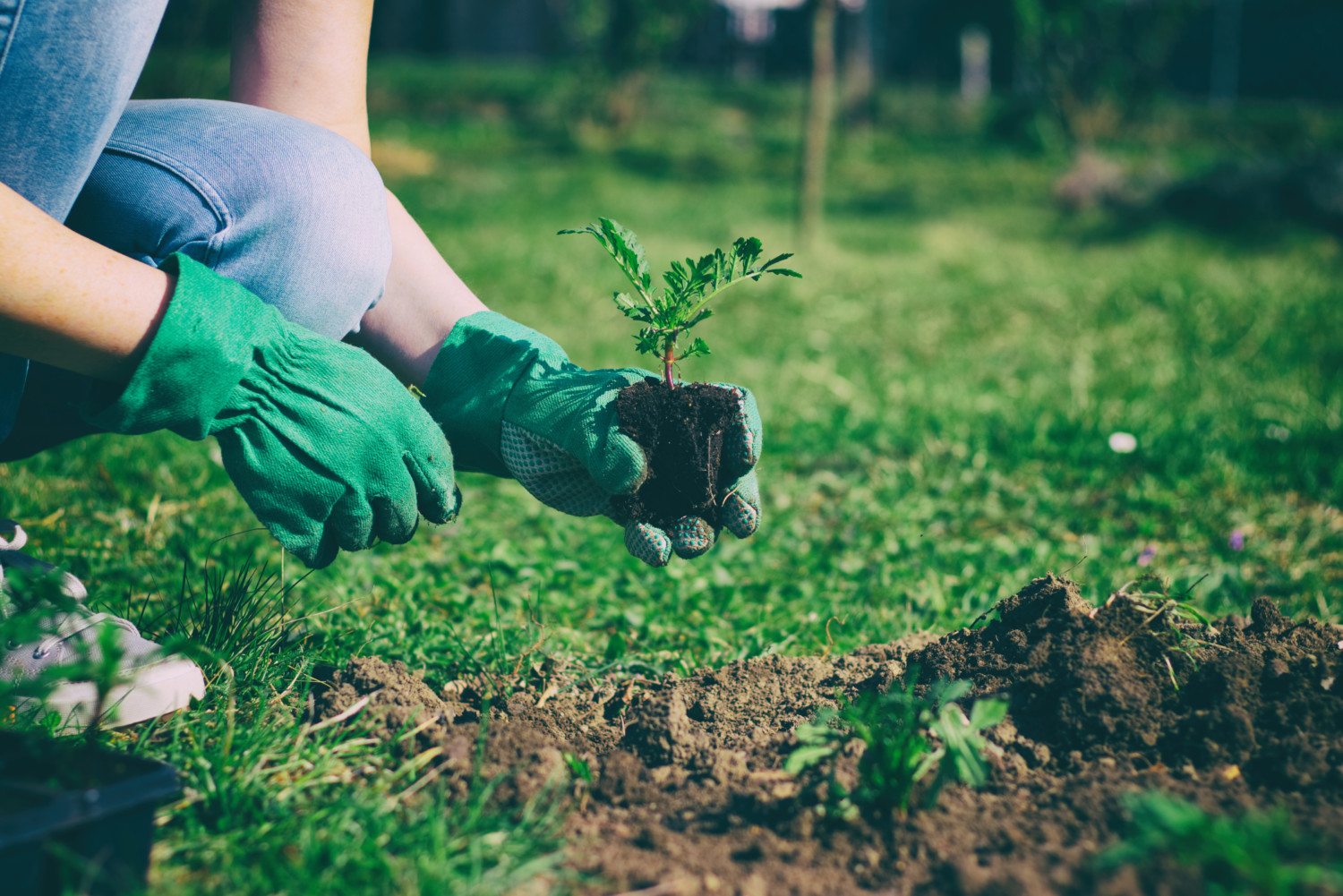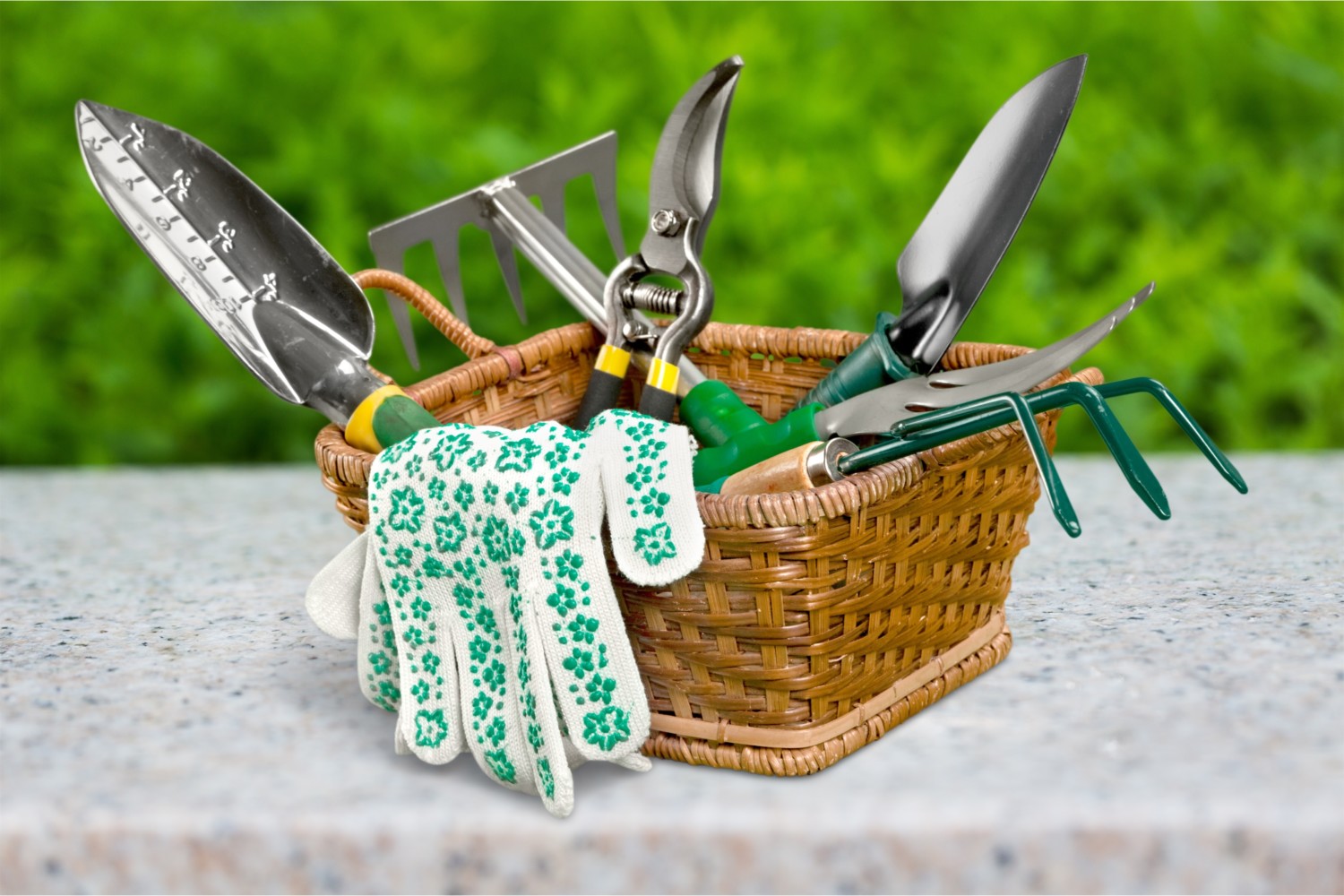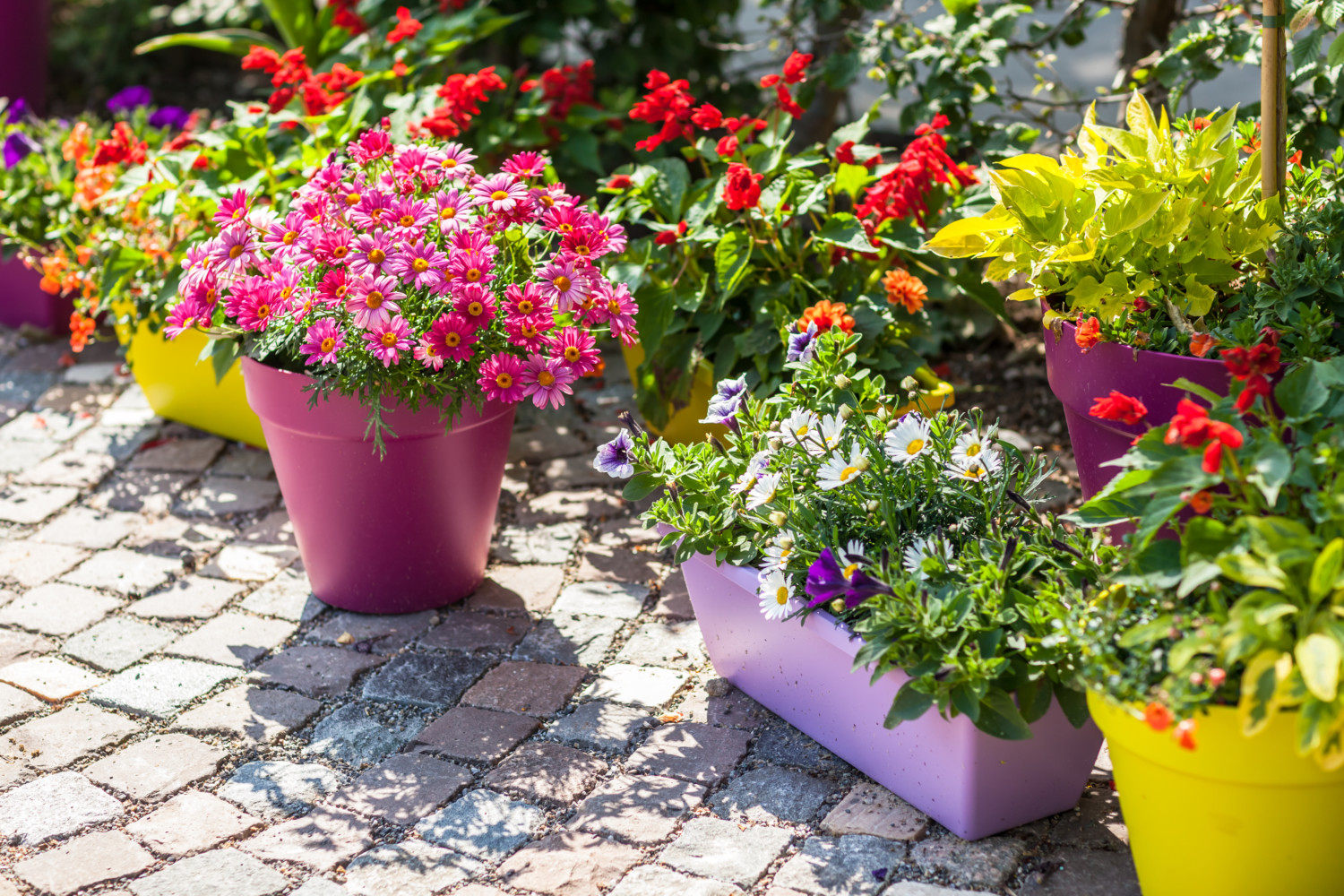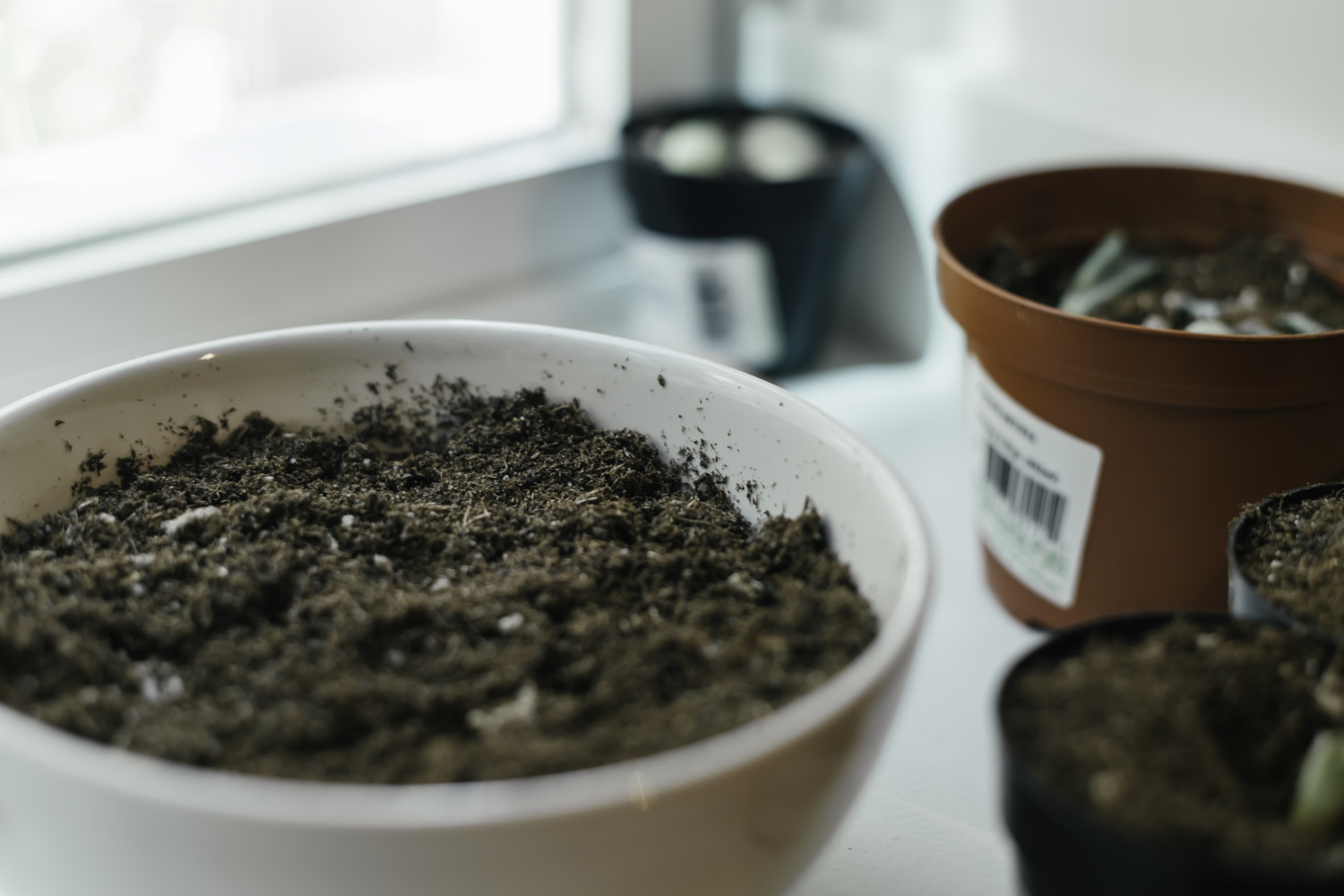What to plant in spring: Get started now on your garden

After a dreary winter, the sight of sprouting plants and budding flowers is a feast for the eyes. You can add to the beauty or grow your own produce by starting a garden. Whether you prefer a yard filled with flowers, a crop for your kitchen or a little of both, knowing how to begin, what to plant in spring and other gardening tips can help you enjoy an abundant harvest.
What To Plant In Spring: Flowers, Vegetables And Herbs
If your wish is to cultivate a gorgeous, fragrant flower garden, you likely have countless options. Many florals and decorative plants bloom and flourish this time of year, so deciding what to plant in spring will only be limited by the hardiness zone in which you live and your personal preference.
MORE: Enter your ZIP code and this free tool tells you when to plant each veggie
Your local nurseries will carry an array of ornamental flowers, blossoming groundcover, blooming bushes and more. Some popular springtime annuals include snapdragons, pansies and alyssum. Bluebells, phlox and irises are favorite spring perennial flowers.
MORE: 7 fragrant houseplants for a nice smelling home
You can plant loads of nutritious, tasty veggies in the spring, too. Snow peas, lettuce, kale, radishes and broccoli are just some of the vegetables that you can add to your garden in early spring and enjoy before the heat of summertime. Carrots, onions and spinach also tend to grow well this time of year.
And if you are considering adding some herbs to your plot, most culinary herbs love the sunny days and mild spring temperatures. Some herbs to think about planting include parsley, basil, thyme and sage, which are easy growers — ideal for first-time herb gardeners. A few herbs and vegetables will come back every year after an initial planting, such as asparagus, rhubarb, mint and oregano.
Prepare Your Spring Garden
Before you rush out to buy seeds or small plants, getting your plot ready is essential. Determine where you will plant, taking into consideration how much sunlight will fall on the plot, and start tending to the soil about two weeks before sowing. Check for pests, such as pillbugs, slugs and snails, taking steps to remove them if needed. Cut down any winter cover crops you may have planted and turn them into the ground. Eliminate weeds, as well. Add compost to begin enriching the soil.
“Turn the soil over, so the topsoil is in the bottom of your plot,” master gardener and founder of Happy DIY Home Jen Stark told Lifehacker. “Break apart large clods of dirt until all of the soil has a similar size and consistency. At least three weeks before you plan on planting vegetables, turn the soil again so the topsoil is in the bottom of your plot.”
Make sure the necessary garden tools are clean, rust-free, in good repair and equipped for use. This is also an excellent time to perform a soil test and a pH test. You may be able to send a soil sample to your local agriculture extension office, or you can purchase a commercial testing kit.
Once you have determined where and what to plant in spring, you can begin growing seeds or small plants indoors. Giving plants a head start can help ensure they survive, especially in colder climates. Entering your zip code or viewing your state on the USDA Plant Hardiness Zone Map will give you information relevant to your area.

Spring Gardening Mistakes To Avoid
Perhaps the most common mistake of spring gardeners is planting too early in the season. Some young, tender plants will not survive a late winter/early spring freeze, while others will withstand frost just fine.
“You can safely begin to plant from ‘last frost,’ though many plants will happily grow through frost, so I advise that you check your last frost date and decide on what you would like to harvest—and enjoy on the dinner plate,” Jessica Woods, a gardener and editor/founder of the homesteading website Chickens+You told Lifehacker.
“I strongly advise preparing soil two to three weeks before you plan to plant your seeds. If you have not done this yet, you may need to plan for more summer-friendly veggies.”
Since average frost dates change every year, The Old Farmer’s Almanac suggests observing phenology, which is the study of the timing of recurring natural events. Although the practice isn’t foolproof, following nature’s signs can be helpful. For instance, if you spot crocuses blooming in your yard, it should be safe to plant parsnips, radishes and spinach. When daffodils show their sunny faces around your neighborhood, you can sow beets, carrots and chard.
Spring Garden Tips
One of the wonderful aspects of gardening is that nature does most of the work. However, there are easy tips to help make the most of your springtime gardening efforts. For instance, you might want to start some seeds indoors a few weeks before the last frost date. This is especially beneficial for vegetables with a slower root development or tender plants. You can use special containers or even start them in citrus rinds for pots.
After planting, protect your garden with mulch. A couple of inches of this organic material will help keep weeds out and moisture in. It is best to apply mulch mid-spring or little later, allowing the soil adequate time to warm up after winter.
Sufficient water is essential, but you don’t want to overdo it either. A good rule of thumb is about 1 to 2 inches of water each week, although weather conditions and the soil type can affect this. The Old Farmer’s Almanac suggests feeling the soil with your bare hands. If you can form a ball with the dirt, it is adequately damp. When you water, do so early in the day so your plants can dry by evening.
With some planning, preparation and good old TLC, your spring garden will pay off in a bounty of goodness and beauty for you to enjoy.



